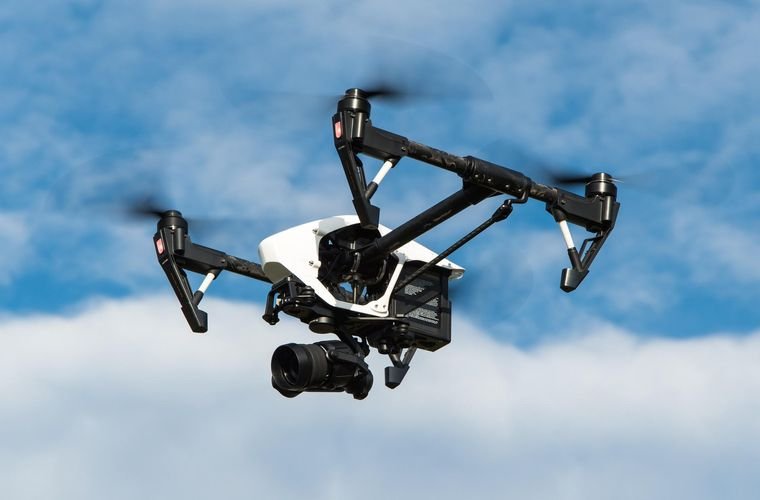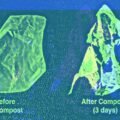From filming movie scenes to delivering medicine and packages, drones have become a constant feature in our everyday society. While drone technology is already making significant impacts in a variety of industries, dealing with harsh weather conditions such as wind or rain can potentially impact drone performance.
Now, thanks to new research by engineers at Ohio State University, drones could be fitted with a new kind of wind sensor that will help to improve their flight navigation capabilities in the event of adverse weather.
Background: The Dangers of Wind
Strong winds can cause several problems for a drone, from flipping over during take-off or landing, to being blown off course from its intended flight path. Drones also have to fight harder against strong winds, forcing their battery to drain faster. Being unable to pilot drones under strong wind conditions presents a limiting factor for their use in circumstances involving search and rescue, law enforcement, and a range of other areas. However, researchers at Ohio State University believe they have built a new type of sensor that can help to overcome this issue.
Analysis: A Lightweight Wind Sensor
Most current wind sensors, or anemometers, are too heavy or expensive to be placed on conventional drones. Ohio State University professor Marcelo Dapino and his team wanted to build lighter and cheaper sensors that could be used anywhere.
“The original idea behind our anemometer concept is the Himalayan praying flags, which are strung along long ropes and blow in the wind at a fairly high altitude,” Dapino explained in an interview with the Debrief. “Beyond their intrinsic meaning, we were drawn to the fact that these flags are light in weight, and as such, they align with the wind and visually give you an idea of\ both the direction and strength of the wind. The idea of a flag-like sensor is useful for wind measurement on tethered or untethered balloons, drones, kites, and other flying objects.”
To create their new drone sensor, the researchers used a special type of foil, which they specially designed and 3-D printed. The foil was not only lightweight but could change shape with wind pressure. The material of the sensor could also generate an electric current with this pressure, powering the sensor with the wind. This allowed the sensor to work efficiently while giving data that could be analyzed for accurate wind speed readings.
“The key objective behind our study was to design a wind sensor that is both lightweight and accurate, while simultaneously consuming low power,” said Dapino. “Our sensor concept meets these objectives and has the additional advantage of having a low drag coefficient. The net result is a sensor that performs as well as (if not better than) existing commercial anemometers without the high power consumption and drag penalty.” From their research, the team found that their sensor could also impact drone design, improving overall function and output.
Outlook: Moving to Commercial
With this beneficial new wind sensor, Dapino is sure it is only a matter of time before commercial companies take notice. “The main application of our sensor is to measure wind speed in real time for navigation purposes,” added Dapino. However, before heading into the commercial stage, Dapino and his team’s sensor design will still require a bit of work.
As Dapino explained, “More work needs to be done to understand what specific materials and designs are needed to ensure the durability and reliability of the sensor as it is exposed to high winds, UV radiation, moisture, and large temperature fluctuations.” In the future, Dapino believes that such technologies could be used to help improve the performance of drones in a variety of ways, which could even extend to entire drone swarms, as well as a number of high-altitude technologies.
“This could possibly apply not just to individual flying objects,” Dapino concludes, “but also swarms of drones or arrays of high-altitude stationary platforms.”
Kenna Hughes-Castleberry is a staff writer at the Debrief and the Science Communicator at JILA (a partnership between the University of Colorado Boulder and NIST). Her writing beats include deep tech, the metaverse, and quantum technology. You can find more of her work at her website: https://kennacastleberry.com/

